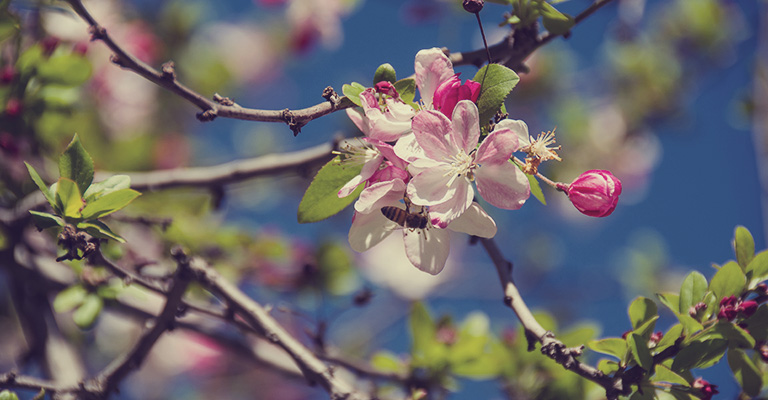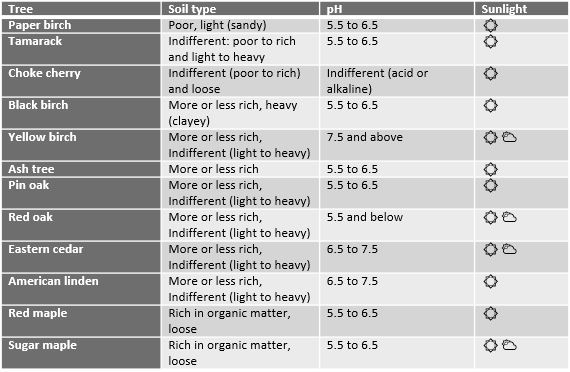
Planting a tree is a great way to improve your yard, but there are many factors to consider before choosing one. Those include its function, the space available, soil conditions, insects and diseases, and maintenance.Planting a tree is a great way to improve your yard, but there are many factors to consider before choosing one. Those include its function, the space available, soil conditions, insects and diseases, and maintenance.
Trees have several basic functions: they act as air filters, absorbing 2.5 kg of carbon each year on average, and produce oxygen. They also create shade in the summer, prevent soil erosion, provide privacy, produce fruits, and protect your home from harsh winter winds.
Now you've decided what purpose your tree will serve, there are other questions to answer.
It's no surprise: small trees grow and some become pretty impressive in size. So, you need to know how big your tree will be once it has reached maturity. This way, you can choose the right location and avoid causing damage to your foundation, underground pipes or power and phone lines.
A medium size tree must be planted at least 5 metres from the house. Why? Because its branches and/or leaves must not touch the walls or roof. Also, some trees have long, invasive roots. Avoid planting a silver maple, an American elm, a poplar or a willow.
We recommend choosing one of the following medium size trees:
The composition of the existing soil also has an impact on your choice of tree. Is it rich, loose, poor, sandy, rocky, dry, moist? What nutrients does it contain and in what quantities? What's the alkalinity level?
Here are suggestions that will help you make a decision:

It is better to choose a tree species that is resistant to both insects and diseases. After all, no one likes to have to treat a tree year after year to keep it healthy. Here are a few common problems:
American elm: Dutch elm disease
Ash tree: emerald ash borer
Norway maple: tar spot
Pruning is often necessary to avoid accidents and keep your tree healthy. Some branches are removed to maintain, control, clean or manage growth. Also, pruning helps your tree develop a strong frame. Know that not all trees have the same needs: pruning a fruit tree is not the same as pruning a maple, for instance. Don't hesitate to hire a professional to do the job.
We recommend applying a product containing mycorrhizae on the roots of your new tree. It will increase its lifespan and help it recover after transplanting.
Subscribe to our newsletter to receive our gardening tips, news and more directly in your inbox! Fill in the form below. Please note that fields with an * are required.